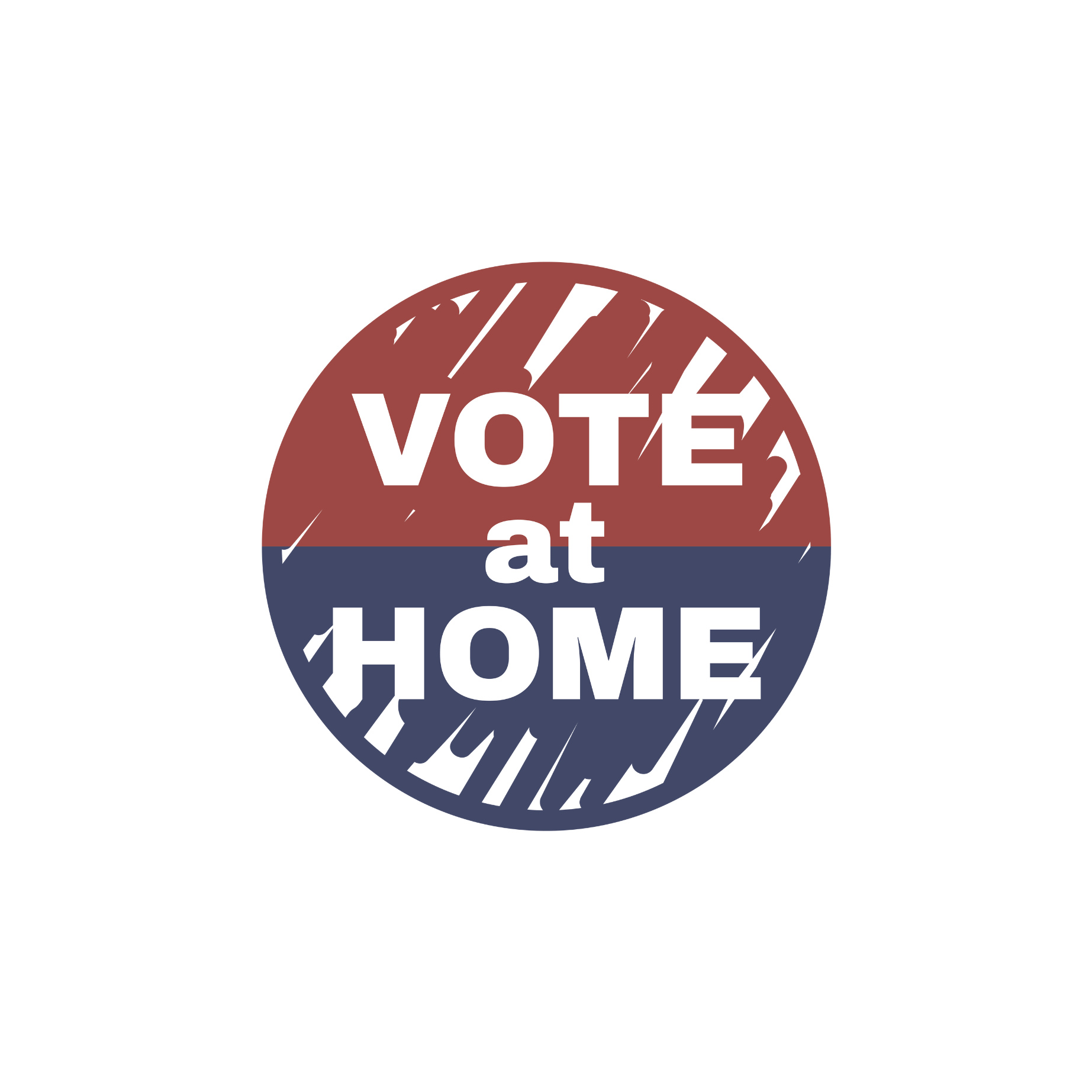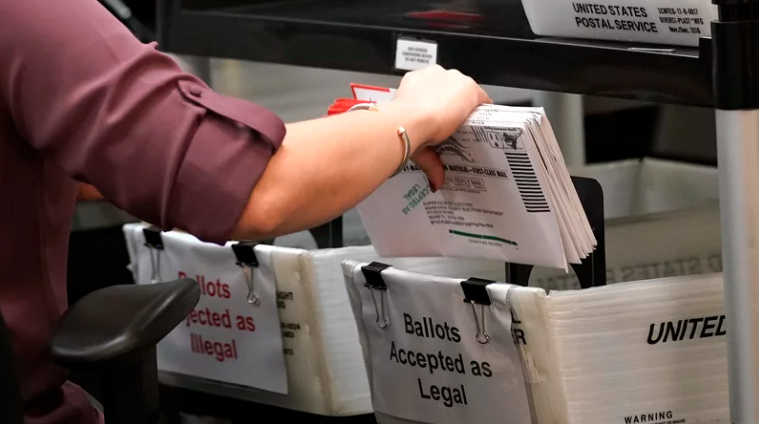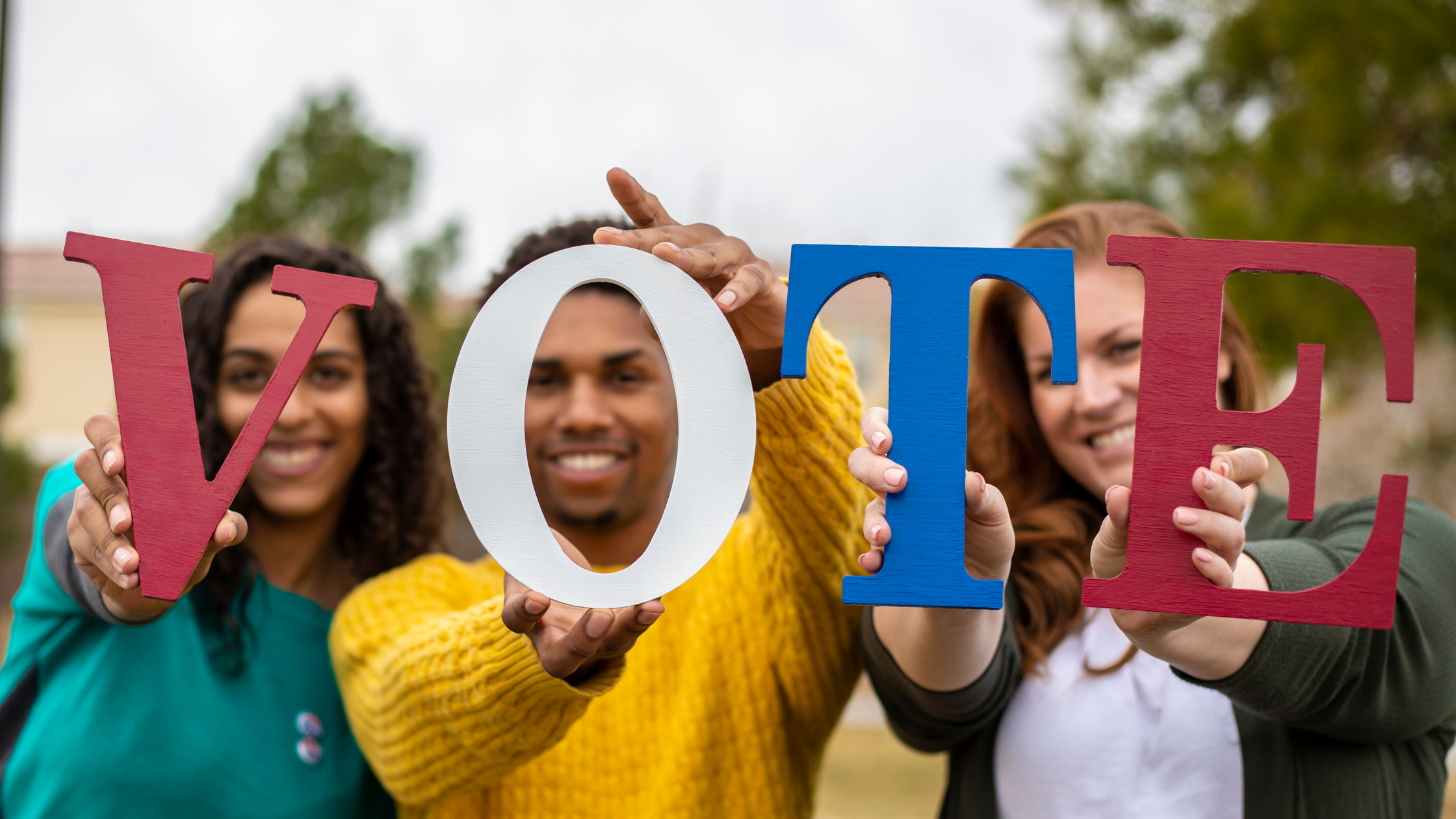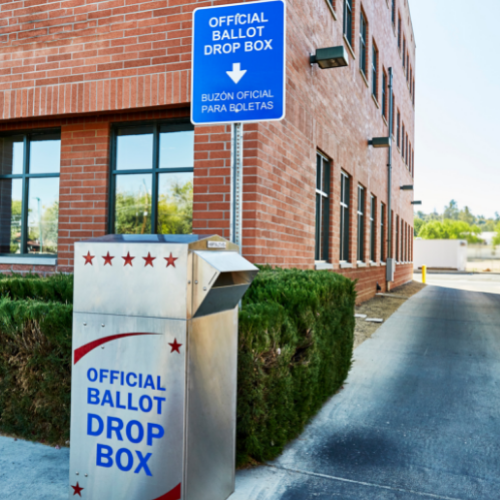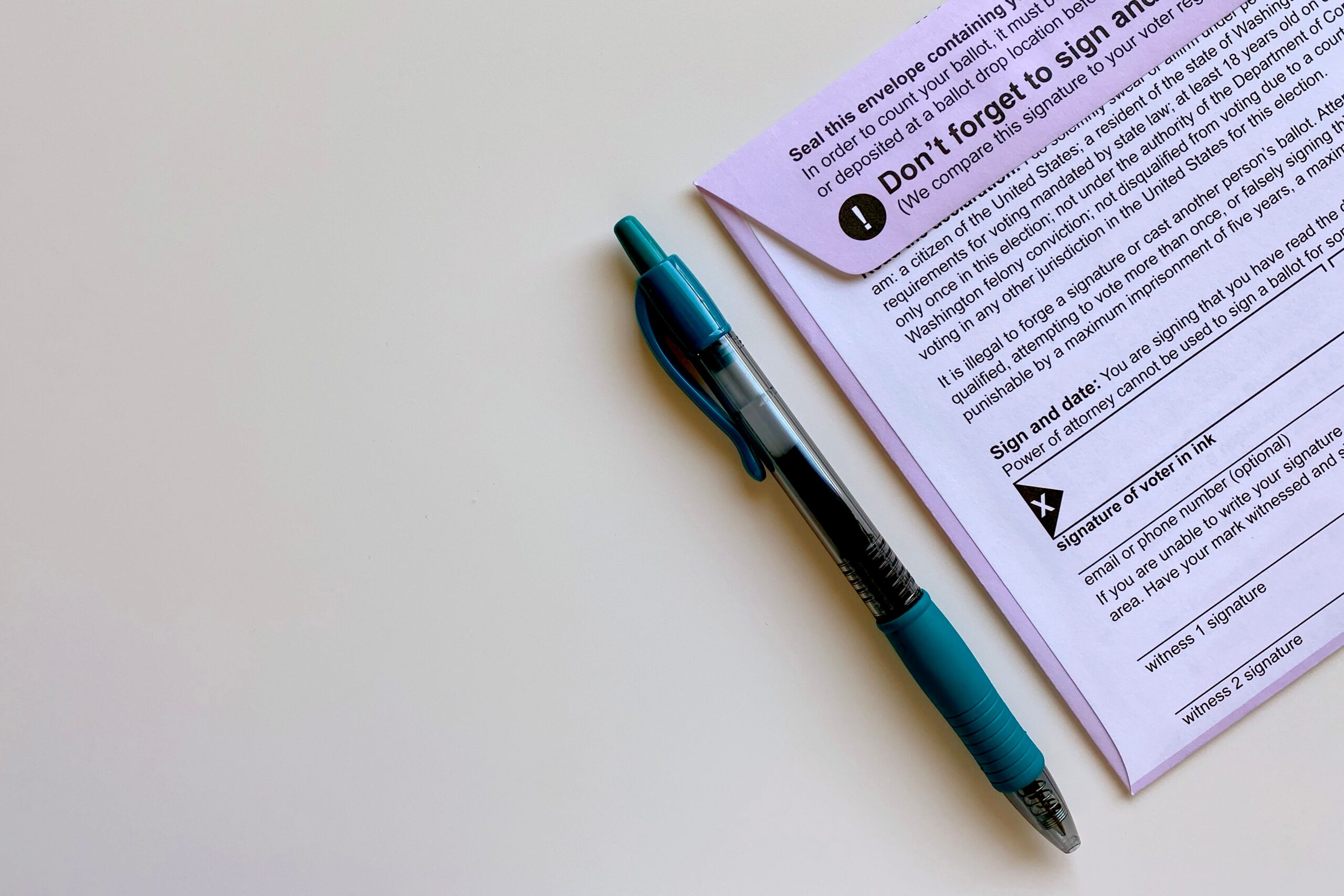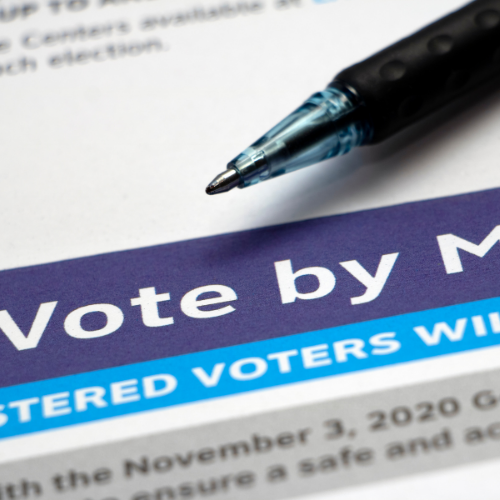The November 2020 general election saw a surge of mail-in/absentee voting, mainly in response to safety concerns surrounding voting in-person during the COVID-19 pandemic. As a result, the overall total of mail ballots cast went from 28.8 million in 2016 to 66.4 million in 2020, a whopping 131 percent increase. With it likely that mail-in voting will continue to be prevalent, it is important to examine the nuances of the data more deeply, in order to improve the process for voters and election administrators alike. Today, we hone in on one particular facet of mail voting during the 2020 general election, absentee ballot rejection.
In this exploration, we see that absentee/mail-ballot rejection rates dropped significantly in 2020 compared to 2016, dropping the most in states that had previously erected high barriers to the use of mail ballots. Pre-processing laws and deadlines for the receipt of mail ballots didn’t seem to have much effect on rejection rates. Policy choices that did seem to matter were requiring multiple forms of identification with a returned ballot, which significantly increased rejection rates, and allowing ballots with administrative deficiencies to be “cured,” which significantly decreased rejection rates.

